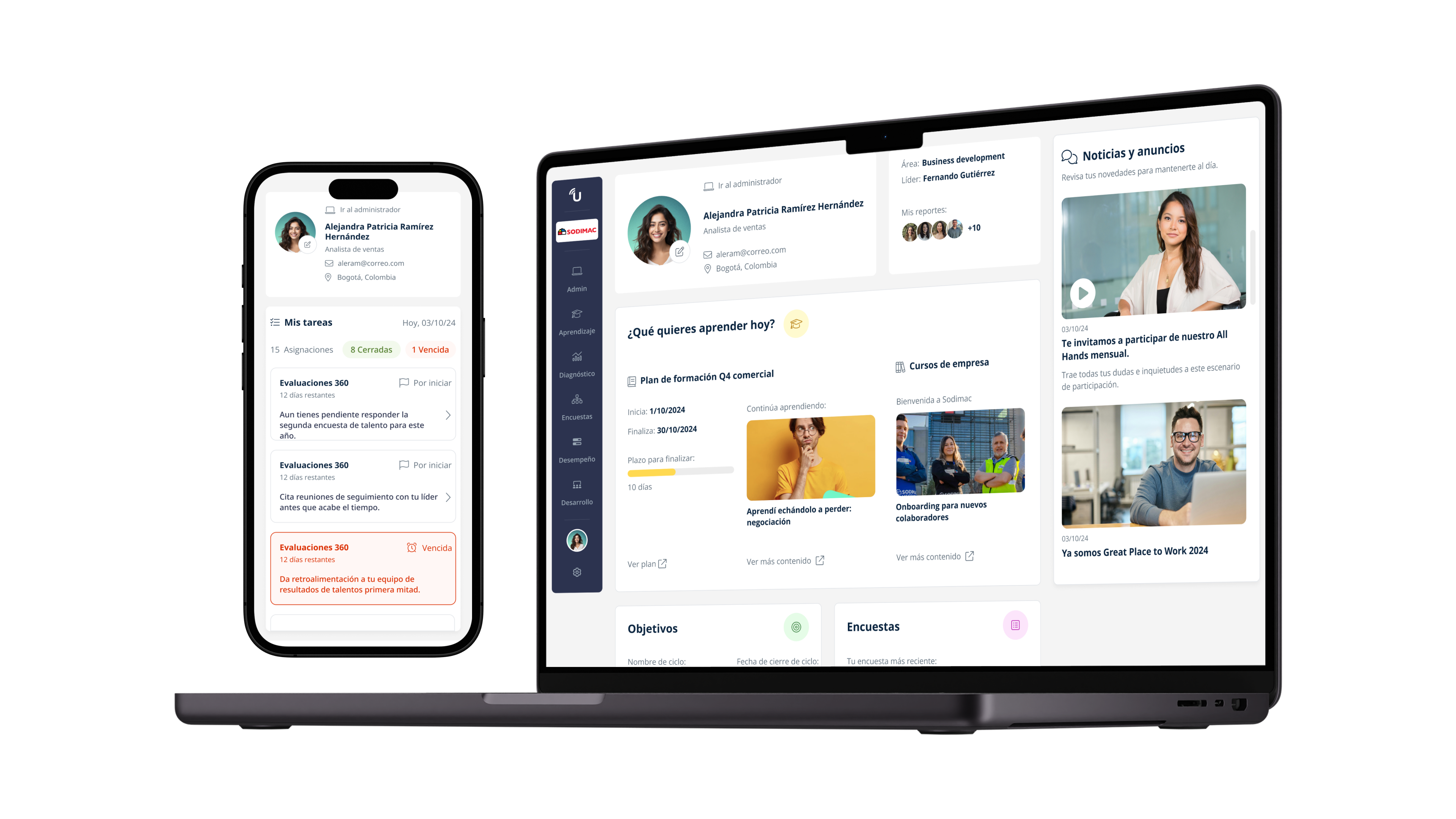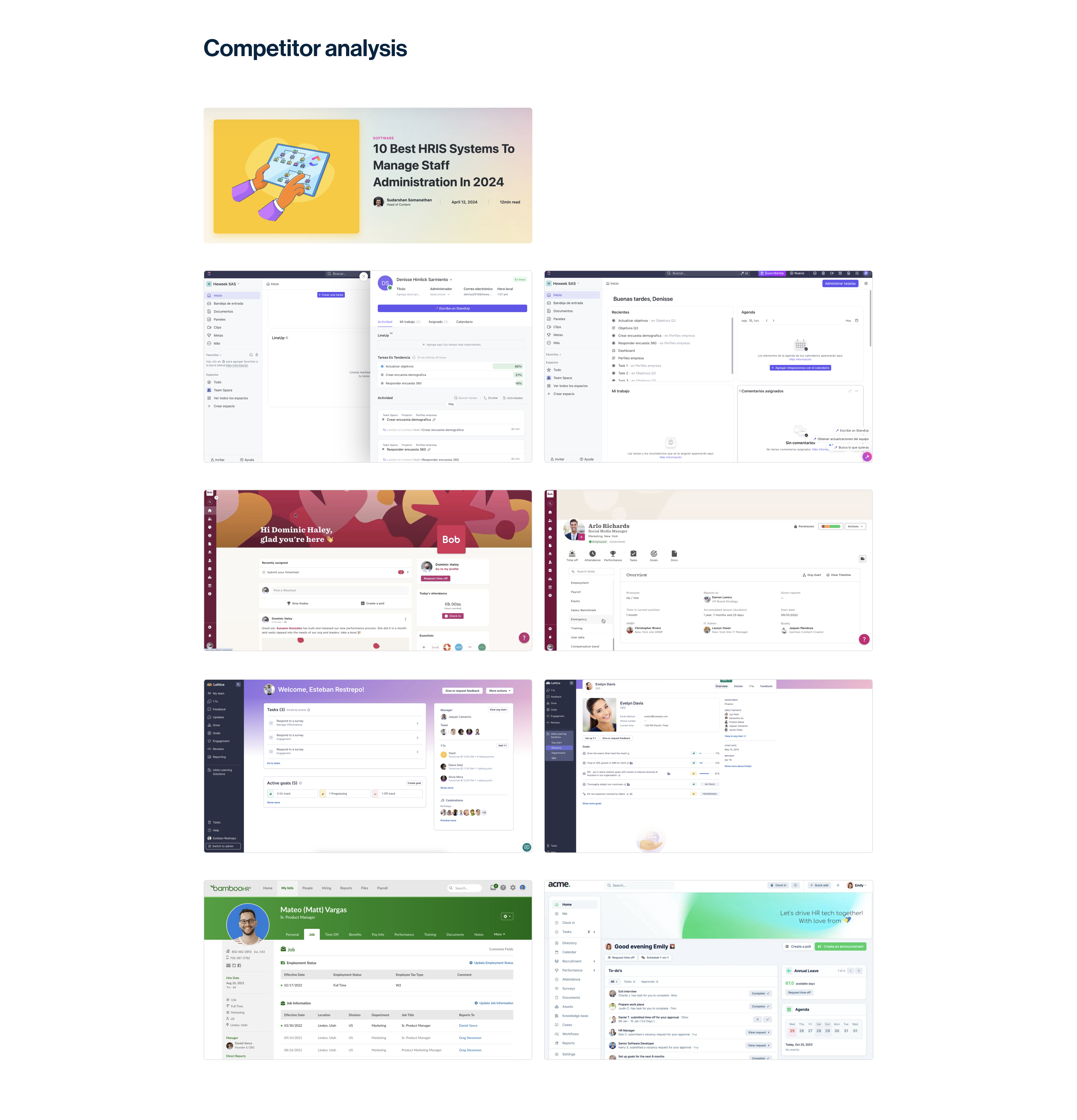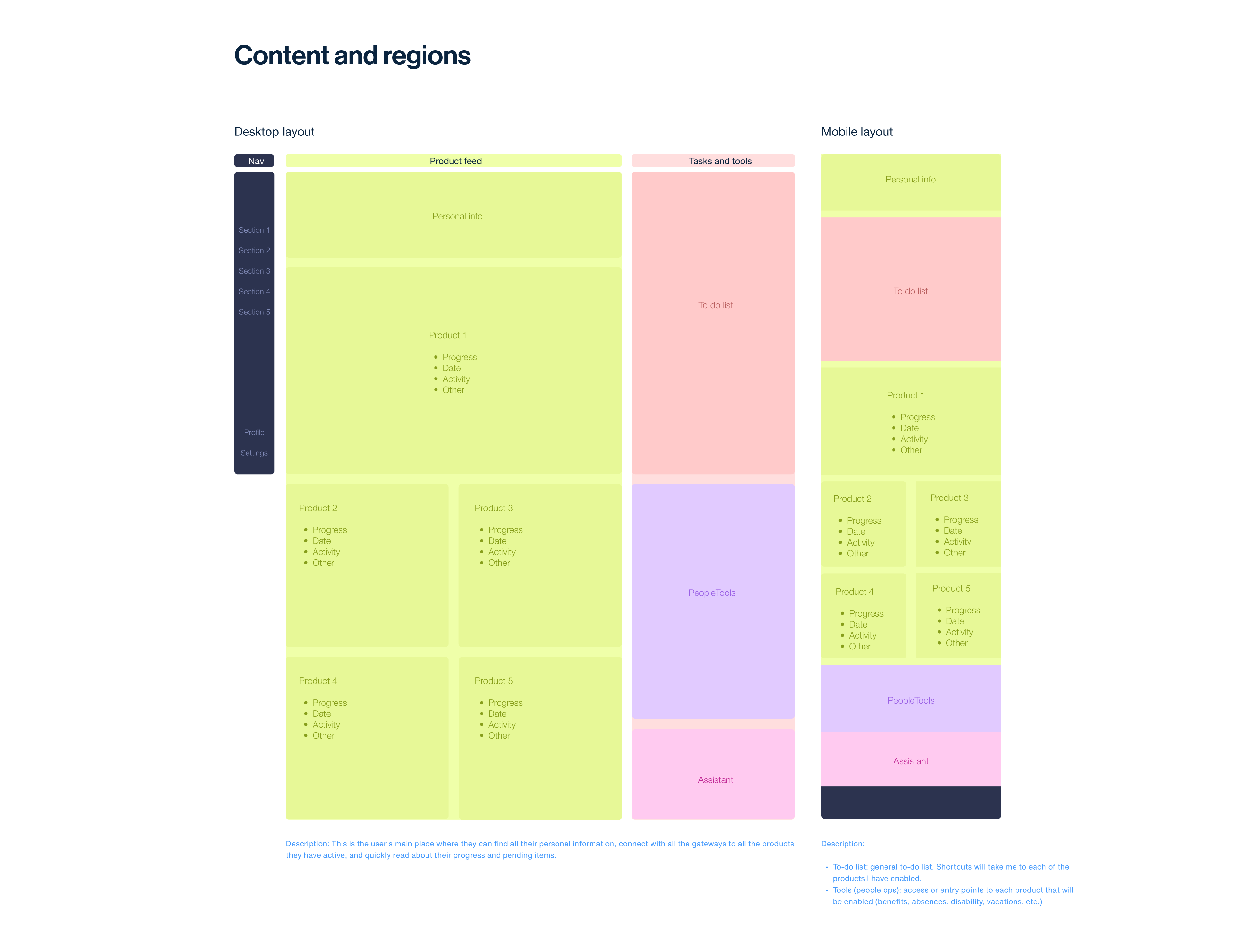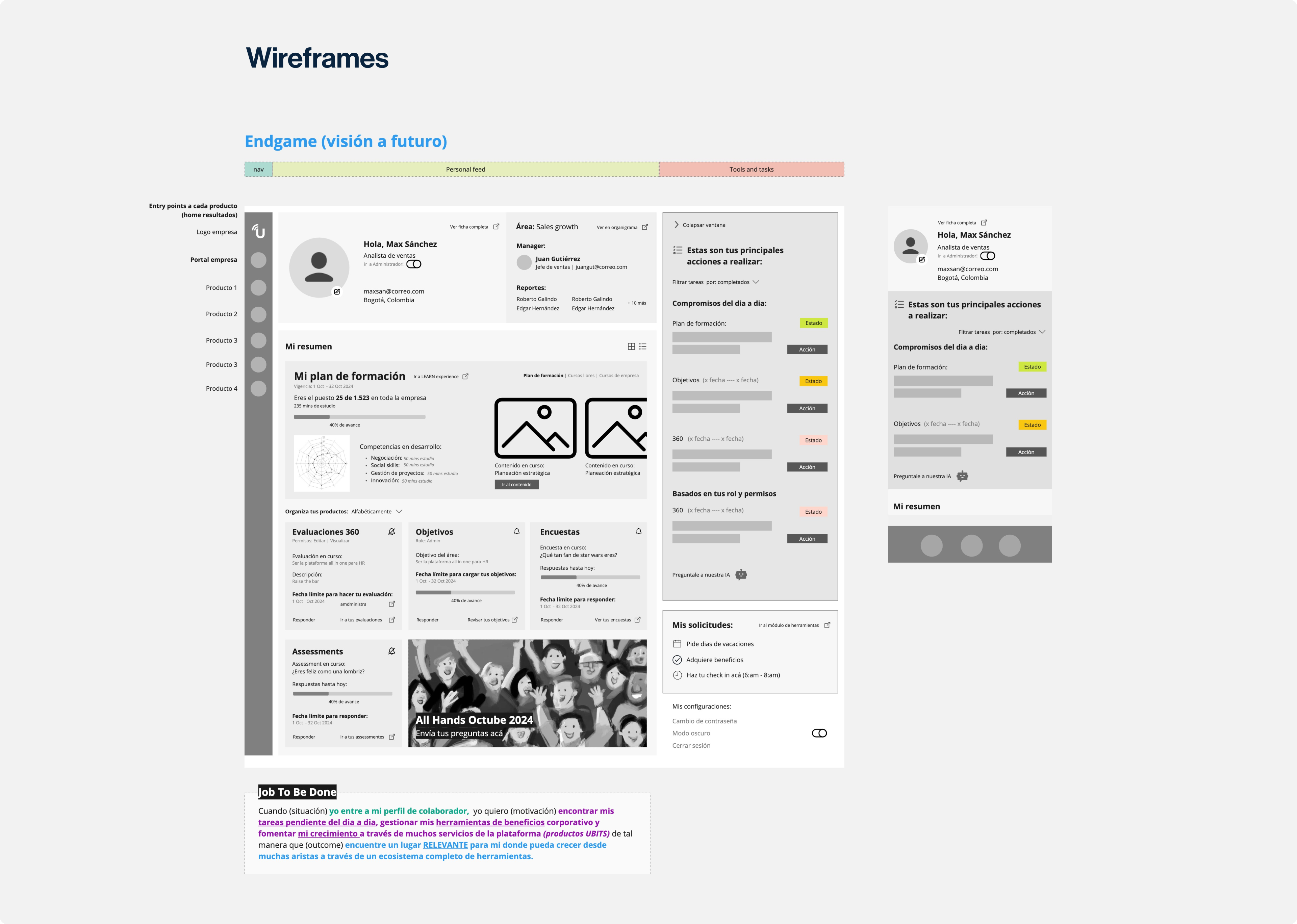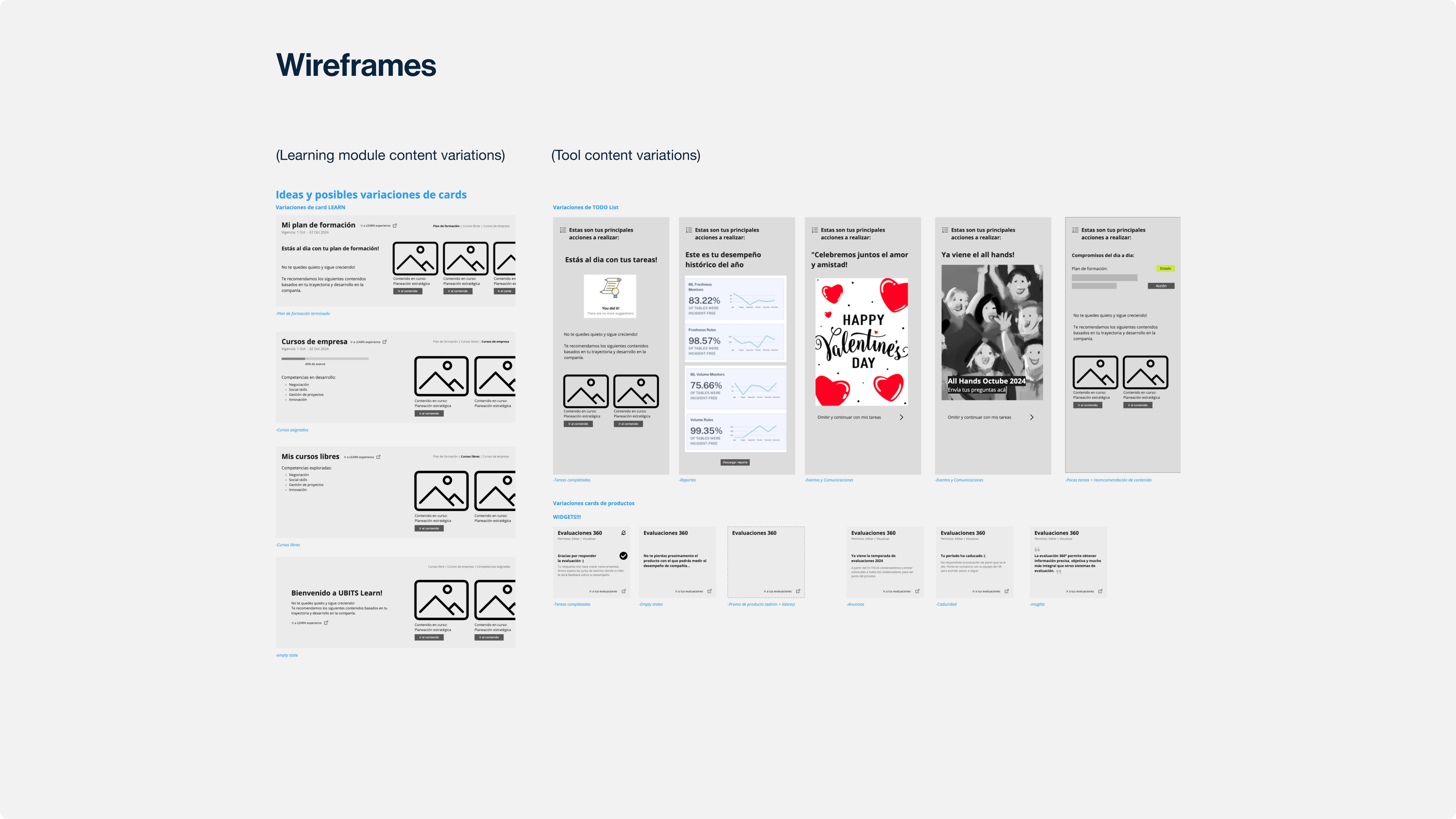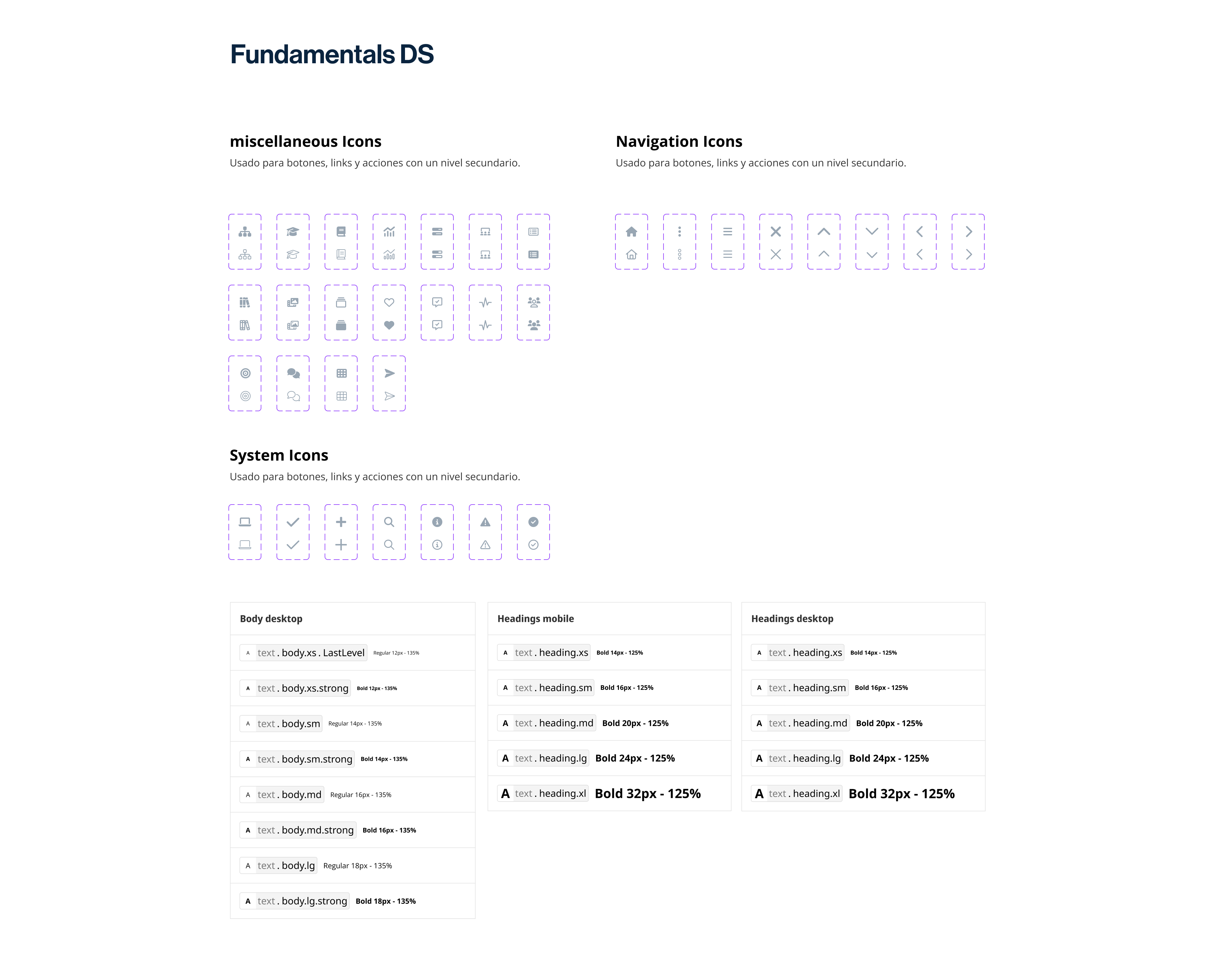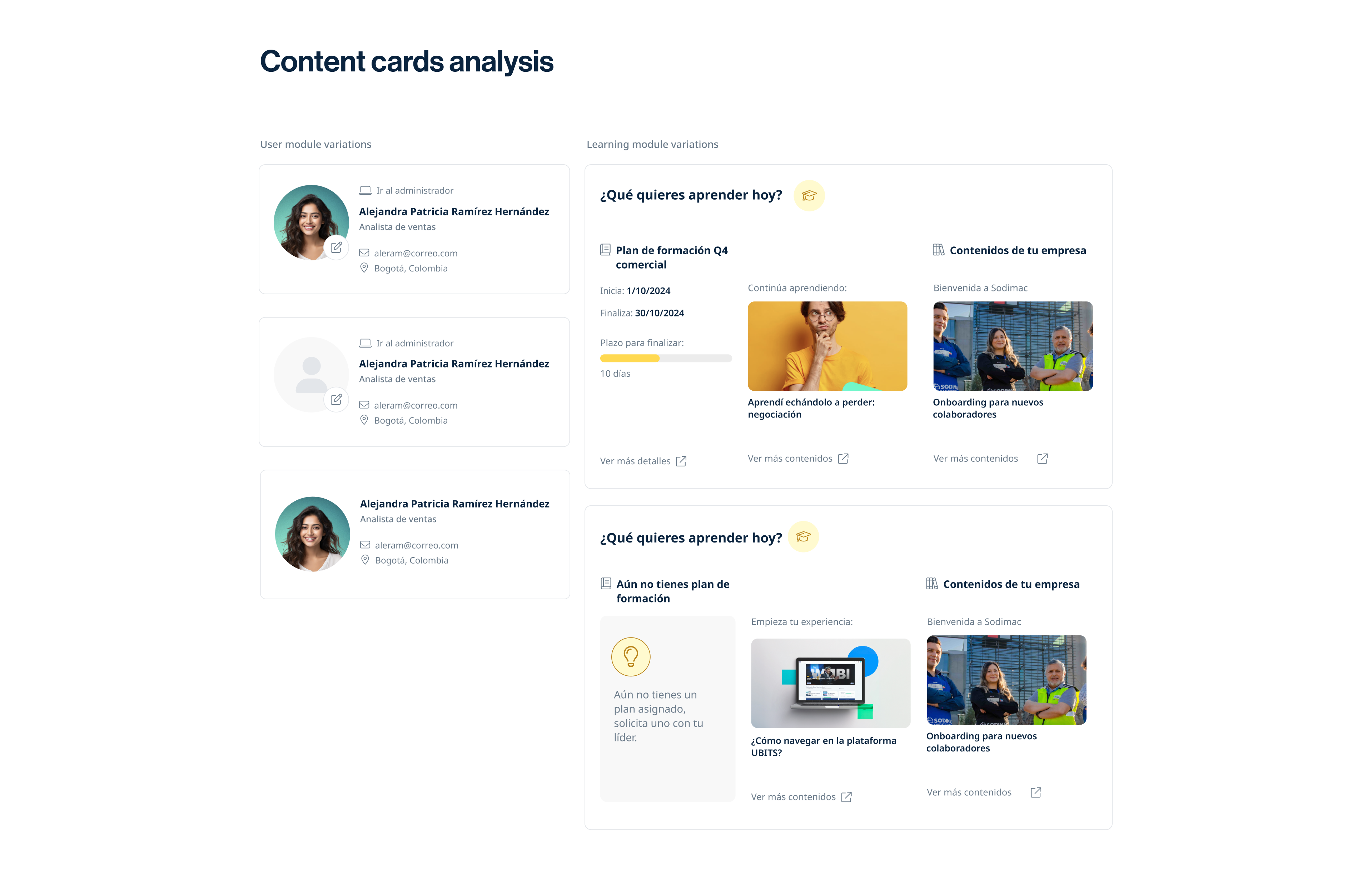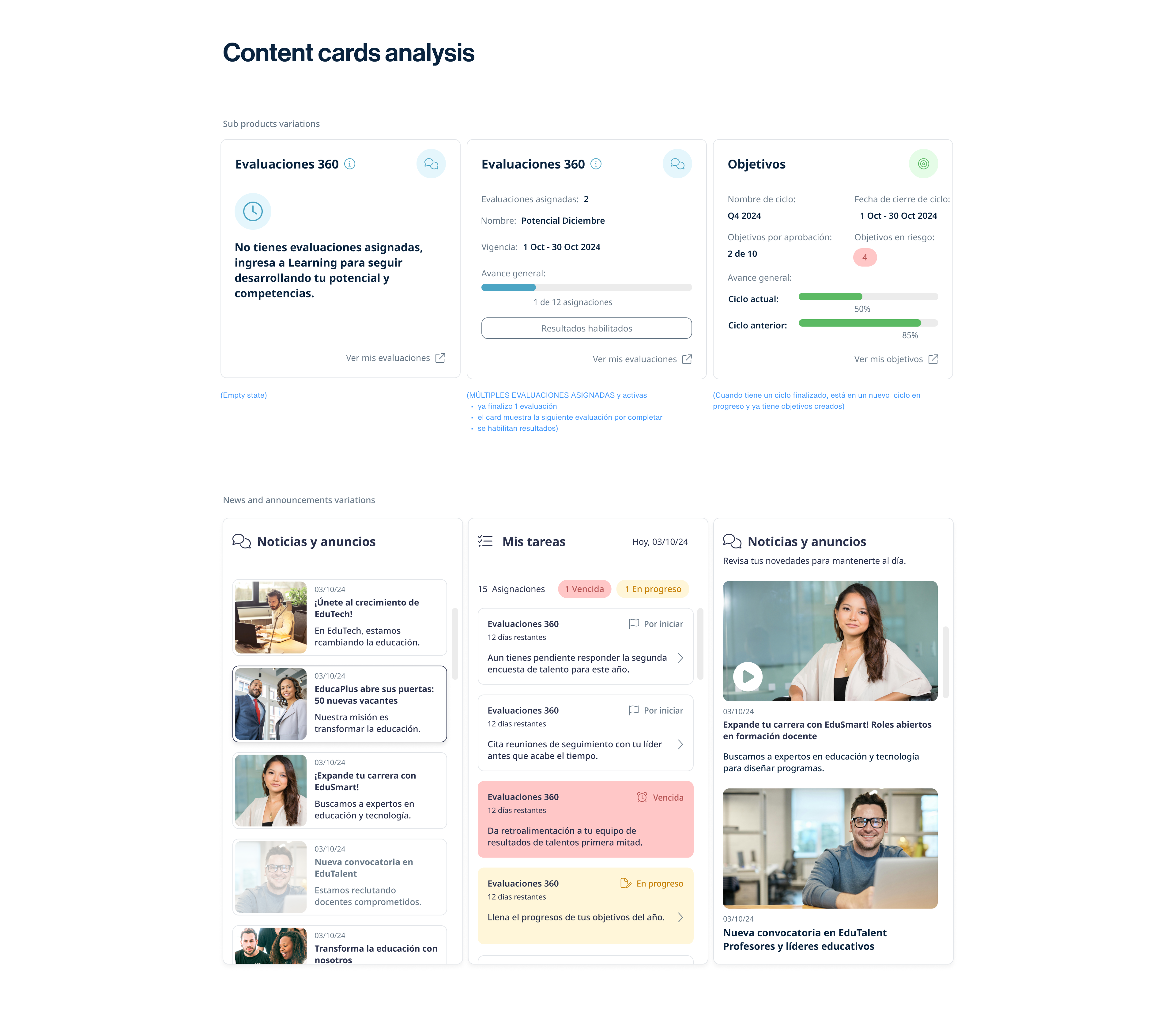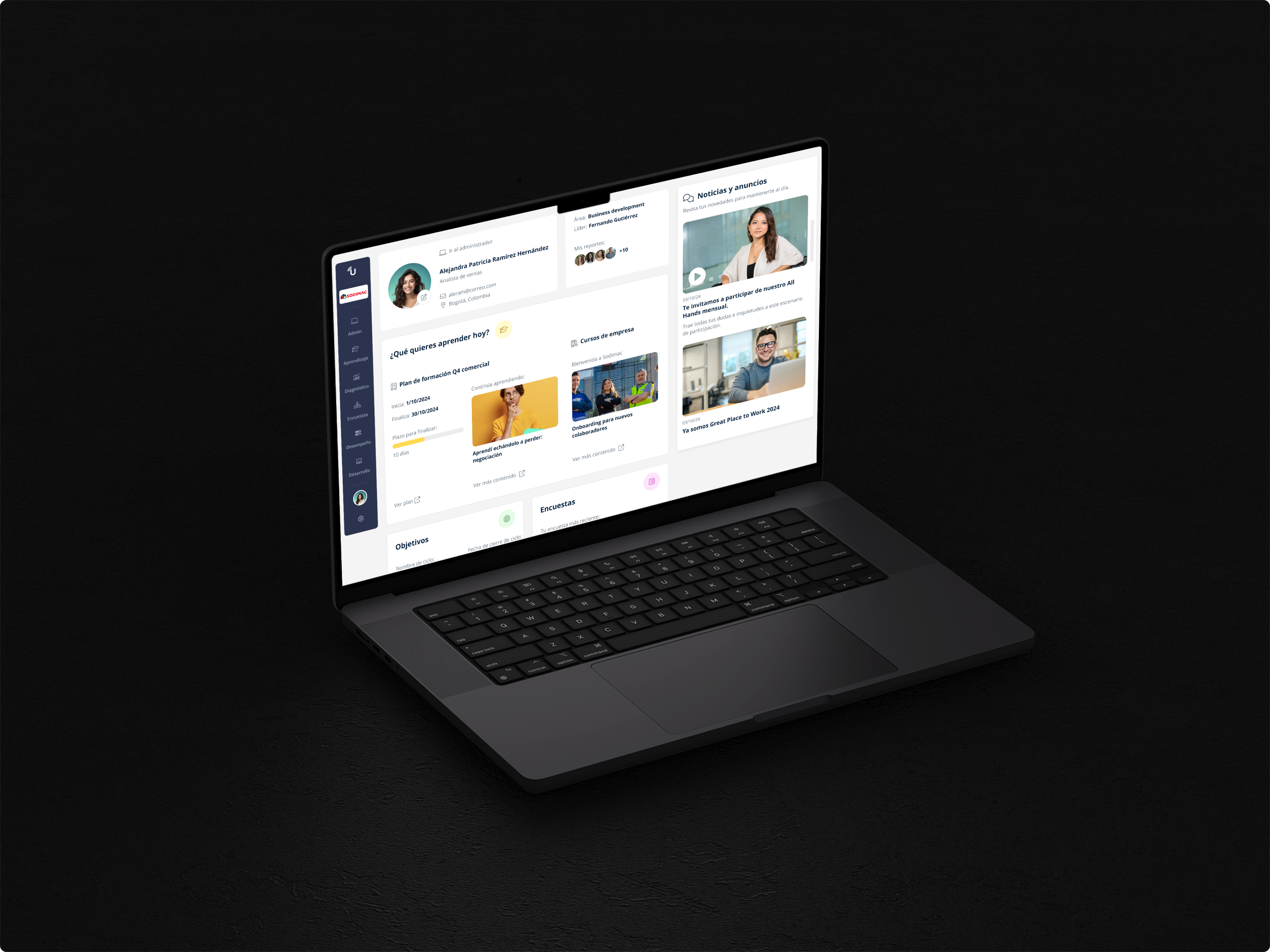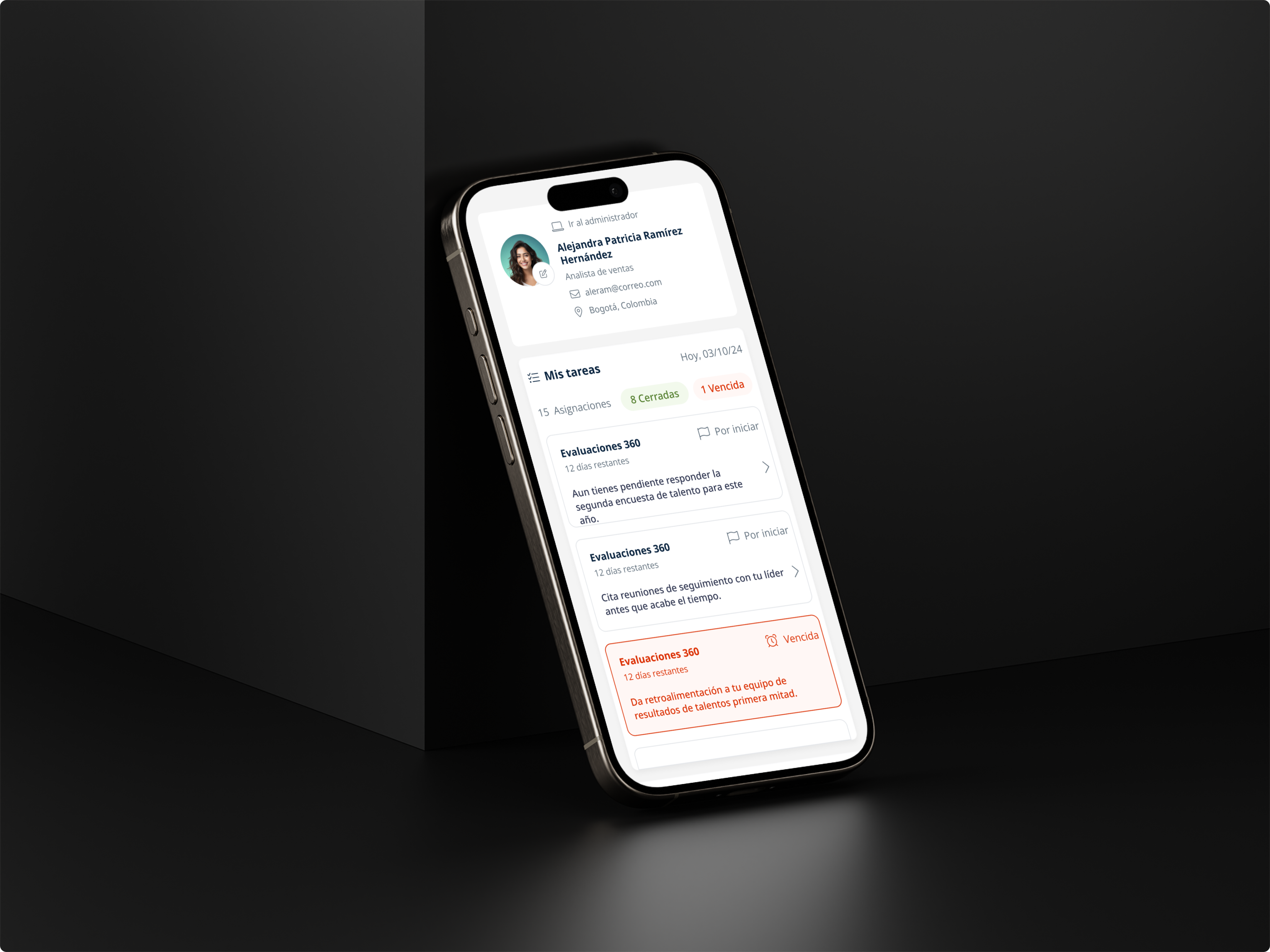Why did we do this?
As part of the UBITS company’s new vision, it is necessary to rethink and improve how customers interact with the ecosystem of products they acquire and, above all, offer a new, more attractive product value that satisfies the needs of current users and potential.
The goal was to be more competitive in the market, and my role was to direct and build this new vision of experience.
What was the challenge?
The growth of UBITS products was exponential, bringing significant challenges in how they began to communicate with each other. For the user, it was not clear and was generating great fiction. Whenever a new product appeared, connecting with others visibly and coherently was difficult, so thinking about an «all-in-one» solution was necessary.
Obstacles
- There was no clear center for the user to see the progress, consumption, and data of the products connected to their account.
- Each product had its own space and isolated information, so concluding together was challenging.
- By having spaces expected by-products, the notifications lacked hierarchy, and users were overwhelmed with information at once.
Opportunities
Going from a single product solution to a complete ecosystem of solutions represented redefining the entire product experience, business, communications, and user interfaces.
By unifying all products under a new business concept, we could be more competitive in the Latin American market and achieve valuable new expansions (ARR).
A new product value emerges: a «solution ecosystem» based on a new concept: HRIS (Human Resources Information System), where users no longer consume a single product but a set of unified values that improve business growth customers.
When considering a new user experience, the entire visual layer can be rethought to generate a fresh look at the brand.
Design Understanding
Defining an experience strategy for the end user during the design process was essential before developing any interface.
Understanding the leading managers of this business change was key to laying solid foundations for the experience solution.
Define a new design approach that addresses the pains of users and the company while offering new and attractive value in the market.
What I learned from this project
Transitioning to a product ecosystem meant many challenges at the product level. However, at the design level, it involved completely changing mindsets and stopping thinking about isolated solutions to think about a set of connected products whose value is the total sum of all their outputs.
In projects like this, it is essential to take into account:
- Rethink the way solutions are designed and communicated.
- Adopt systemic thinking of components and products.
- Improve internal communications with teams to maintain consistency of results and experience.
- Achieve clear and unified product definitions to achieve a more significant impact and avoid isolating solutions that are difficult to connect.

